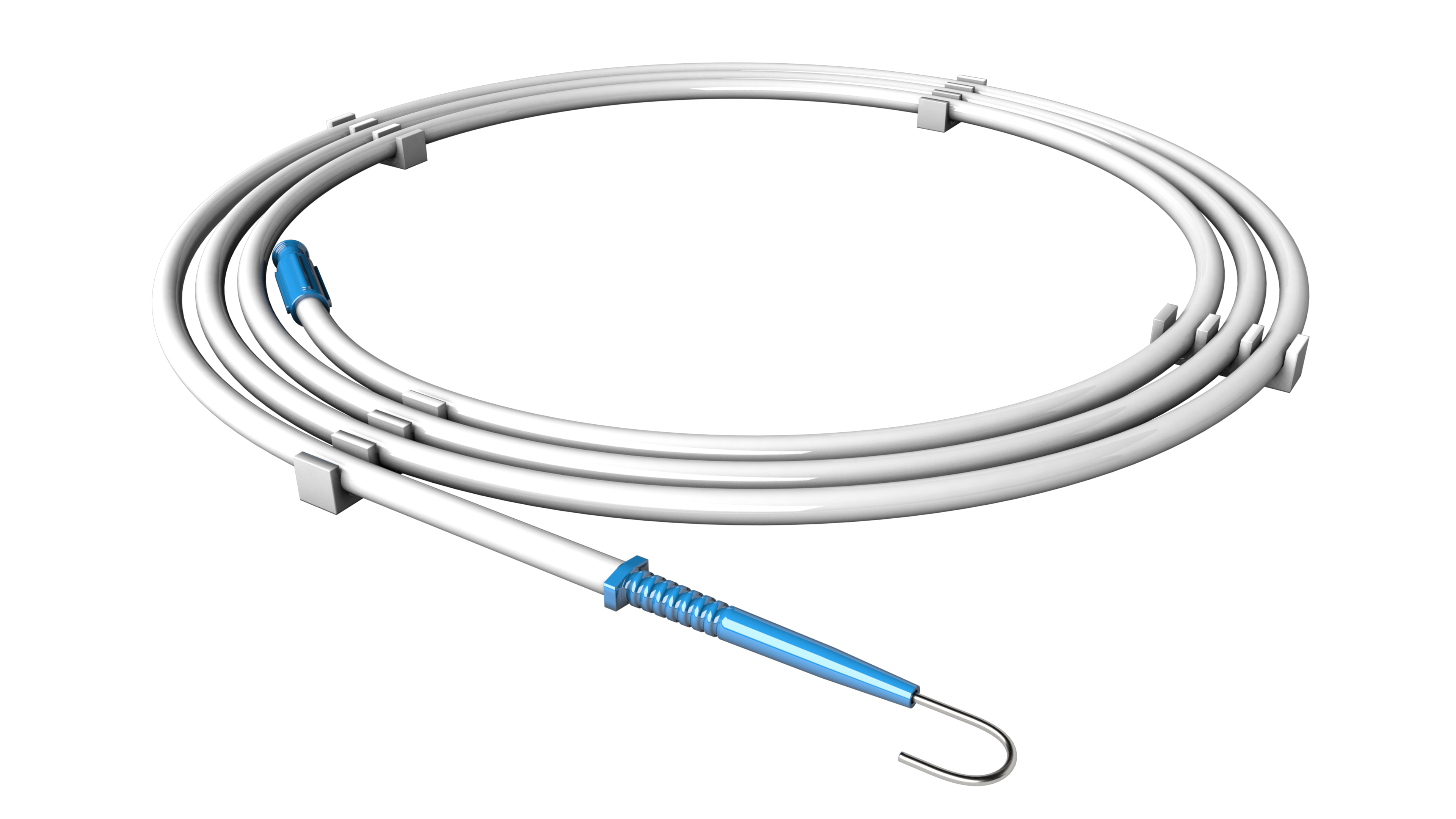Finding the right shape
We make a number of standard shapes, but we're always willing to push the boundaries. Explore our shape wire offerings to find just the right fit for your applications.
 |
D-wire
|
 |
Crescent wire
|
 |
Pie wire
|
 |
Elliptical wire
|
 |
Triangle wire
|
 |
Grooved wire
|
 |
Turkshead wire
|
Design specifications
Typical end uses
With so many different constructions, shaped wire finds use in a variety of end applications. We often see our customers use shaped wire in catheter wires where the unique shapes allow them to fit multiple wires for a single entry point within the same overall diameter.

- Catheter wires
- Coiling applications
- Deployment mechanisms
- Needles
- Shaped guidewires
- Staples
- Tooling
Designing with shaped wire
Shaped wire can be manufactured to fit a variety of applications, making it a versatile design component. Given the unusual properties of shaped wire, our engineering teams use specific terminology and measurements to tailor products to your specifications. The illustrations above can help guide your conversation with your Sales Representative about what shaped wire can do for your application.
Product forms and capabilities
We can supply shaped wire in cut lengths. We can also perform a number of other assembly operations to help you reduce process steps or eliminate in-house assembly needs.
Unable to load the form? Click the button below:


